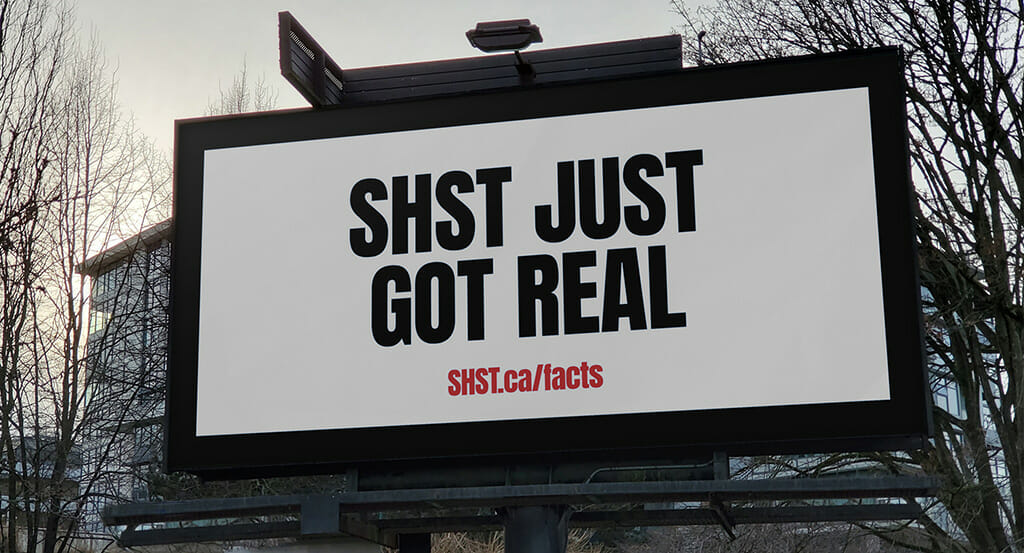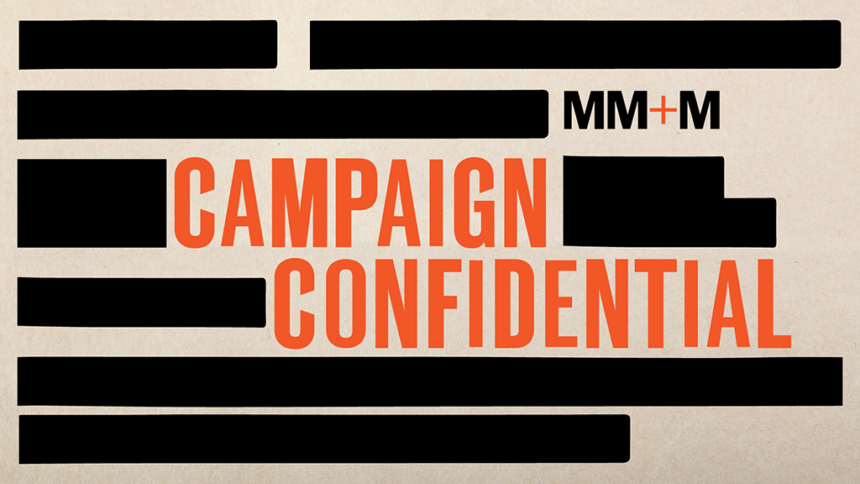The success of healthcare marketing campaigns is often measured in prescription starts or website visits. For the collaboration between Toronto-based agency The Garden and the Safe Health Site Timmins (SHST), the bar was set higher: Success would be gauged on the opening of a supervised safe injection site in Timmins, Ontario.
Timmins may not be a familiar name to most Americans — or even many Canadians. But in recent years the city of 41,000 has achieved a dubious distinction: It has one of the country’s highest death rates from opioids.
Seeing the desperation that existed in their community, Dr. Louisa Marion-Bellemare and Dr. Julie Samson started a campaign to bring a supervised consumption site to Timmins.
There’s an abundance of statistical evidence that consumption sites are safe and effective, Marion-Bellemare noted.
“Safe injection sites have been around since the 1970s in Europe and the stats over 40 years show that they work — that some people who use safe injection sites are likely to go into treatment and others change their injecting behavior,” she explained. “People can access healthcare, and safe sites have been proven to reduce infection rates and people dying from other medical illnesses related to injecting drugs.”
That said, the plan for the Timmins site faced resistance, based both on misinformation and a NIMBY-type mentality. As SHST embarked on the process of securing approval from the federal and provincial governments, the organization knew that a community survey would be a required step.
Engaging community members, and especially local business owners, was among the campaign’s first goals.

“When Shane [Ogilvie, cofounder of The Garden] and I got talking, I said, ‘You know where The Garden can help? We need to convince the community that this is the right thing to do. This is what we need to get that group of people access to the life-saving care that they need, which is a safe injection site,’” Marion-Bellemare recalled.
The campaign took inspiration from the acronym that SHST had chosen for itself. During one of the first team meetings, the jokes started immediately: “‘You don’t know SHST,’ ‘Do you have your SHST together?,’ that kind of stuff,” Marion-Bellemare continued. “First we were like, ‘Uh no.’ But then we thought, ‘Wait, what if we leaned into the ‘shit’?’”
The campaign’s out-of-home focus included advertising throughout Timmins, playing on the SHST acronym. “SHST just got real” was projected onto the McIntyre Mine headframe, a 175-foot-tall local landmark.
“You should give a SHST” and “Let’s get our SHST together” were featured on posters and billboards that steered visitors to a SHST webpage, which shared facts about the Timmins site and debunked myths about injection sites in general.
“We wanted it to be a community discussion,” said Garden creative director Lindsay Eady. “It just made sense that we would plaster the community with it to get people talking. We wanted debate; we wanted people to talk about why they were for or against it.”
The use of provocative language and humor is paying off, Eady added. “The idea was to be kind of super-blunt, but also bring a little levity to it. We wanted to speak to Timmins residents in their own language, rather than make it a heart-strings campaign.”
Marion-Bellemare agrees, noting that the target audience were fence-sitters rather than determined naysayers:
“It was a fact-based campaign, and you can’t argue with facts,” she explained. “People need to be armed with information and educated, then they can make a logical decision rather than just a gut emotional one.”
The Timmins site opened last month. In its first month, more than 300 people visited it.







